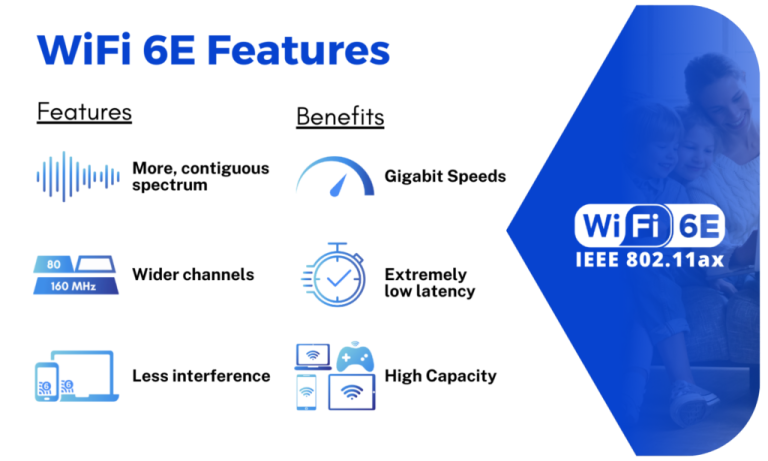What Is XPIC Cross Polarization Interference Cancellation Demystified
telcomatraining.com – In modern communication systems, especially in satellite communications and wireless networks, managing interference is critical for maintaining signal clarity and data integrity. One of the most important innovations in reducing interference in these systems is XPIC, or Cross Polarization Interference Cancellation. But what exactly is XPIC, and how does it work to improve the quality of communication? Let’s dive into the details and demystify this essential technology.
Understanding Cross Polarization Interference
To understand XPIC, it’s important to first comprehend cross-polarization interference (CPI). In satellite communication, polarizing filters are often used to allow only one polarization (horizontal or vertical) of the electromagnetic waves to pass through, helping to double the channel capacity. This technique is known as polarization multiplexing, where two signals can be transmitted simultaneously on the same frequency band, but each using different polarizations.
However, due to various factors like antenna misalignment, imperfections in the satellite’s receiver or transmitter, or weather conditions, signals can be “cross-polarized.” This means that a signal intended for horizontal polarization may bleed into the vertical polarization, creating interference. This type of interference can severely degrade the quality of the received signal, causing problems like signal degradation, loss of data, and reduced overall communication performance.
What Is XPIC?
XPIC, or Cross Polarization Interference Cancellation, is a technology designed to eliminate this type of interference by separating and canceling out the unwanted signals that result from cross-polarization. XPIC works by using advanced algorithms and signal processing techniques that identify the cross-polarized signals and subtract them from the desired signal, effectively cleaning up the communication channel.
XPIC can be applied in various communication systems, including satellite links, wireless broadband networks, and cellular networks, wherever cross-polarization interference is a concern. It is particularly beneficial in high-demand environments where efficient bandwidth utilization is essential, such as in high-speed internet connections, mobile data services, and satellite-based communication.
How Does XPIC Work?
XPIC technology relies on the use of two key components: a dual-polarization antenna system and sophisticated signal processing techniques. The dual-polarization antenna allows the reception and transmission of two separate signal paths—one for horizontal polarization and another for vertical polarization.
Once the signals are received, XPIC uses digital signal processors (DSPs) or field-programmable gate arrays (FPGAs) to analyze the incoming data and detect any cross-polarized signals. The system then creates a replica of the unwanted signal based on its characteristics and subtracts it from the desired signal. The result is a clean, interference-free signal that can be sent to the receiver.
Benefits of XPIC
- Enhanced Bandwidth Utilization: XPIC allows operators to use the same frequency band for multiple channels by separating the signals based on their polarization. This leads to a more efficient use of the available bandwidth, which is particularly beneficial for satellite and wireless communication providers.
- Improved Signal Quality: By eliminating cross-polarization interference, XPIC significantly improves the quality of the received signal. This leads to clearer communication, higher data transfer rates, and reduced chances of data loss or corruption.
- Increased Channel Capacity: XPIC helps to double the capacity of communication channels by enabling the simultaneous use of both horizontal and vertical polarizations. This allows for more data to be transmitted in a given time period, increasing the overall capacity of the network.
- Reduced Latency: By ensuring that the transmitted and received signals are as clear as possible, XPIC can also contribute to lower latency, which is crucial for real-time communication applications like video conferencing and VoIP.
- Cost-Effective Solution: Although XPIC requires sophisticated signal processing, it offers a cost-effective solution to interference problems compared to other methods, such as increasing the power of the transmission signal or using larger antennas.
Applications of XPIC
XPIC is widely used in satellite communication systems, where it has become a key technology for enhancing the efficiency of transponders and maximizing the throughput of communication links. It is also used in terrestrial microwave links, 5G wireless networks, and other high-capacity communication systems where cross-polarization interference is a challenge.
For satellite communication providers, XPIC plays a pivotal role in ensuring optimal signal performance, especially in scenarios where bandwidth is limited or expensive. By enabling the use of both polarizations effectively, operators can transmit more data without needing additional frequency bands or satellite capacity.
Conclusion
In conclusion, XPIC Cross Polarization Interference Cancellation is a vital technology that helps mitigate the challenges posed by cross-polarization interference in modern communication systems. By using advanced algorithms and dual-polarization antenna systems, XPIC enables more efficient bandwidth utilization, improves signal quality, and increases the overall capacity of communication channels. As the demand for higher-speed, higher-capacity communication grows, XPIC will continue to play an essential role in ensuring the integrity of data transmission in satellite and wireless networks worldwide.
If you’re involved in any communications field where cross-polarization interference might be a concern, understanding and implementing XPIC technology is crucial for maintaining optimal signal performance and enhancing system efficiency.







